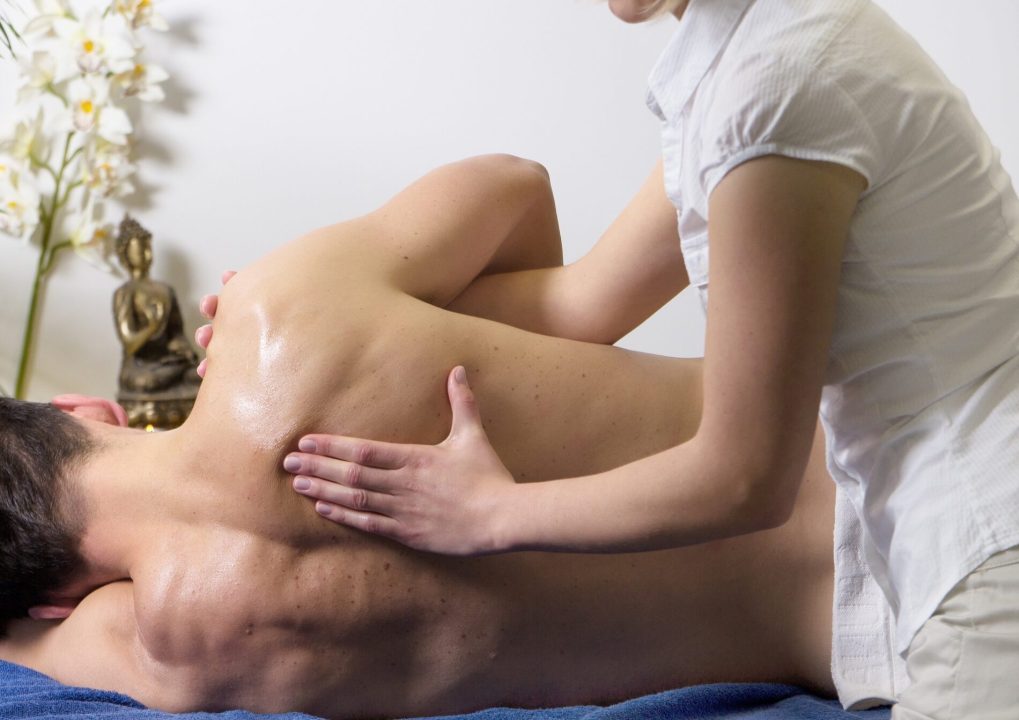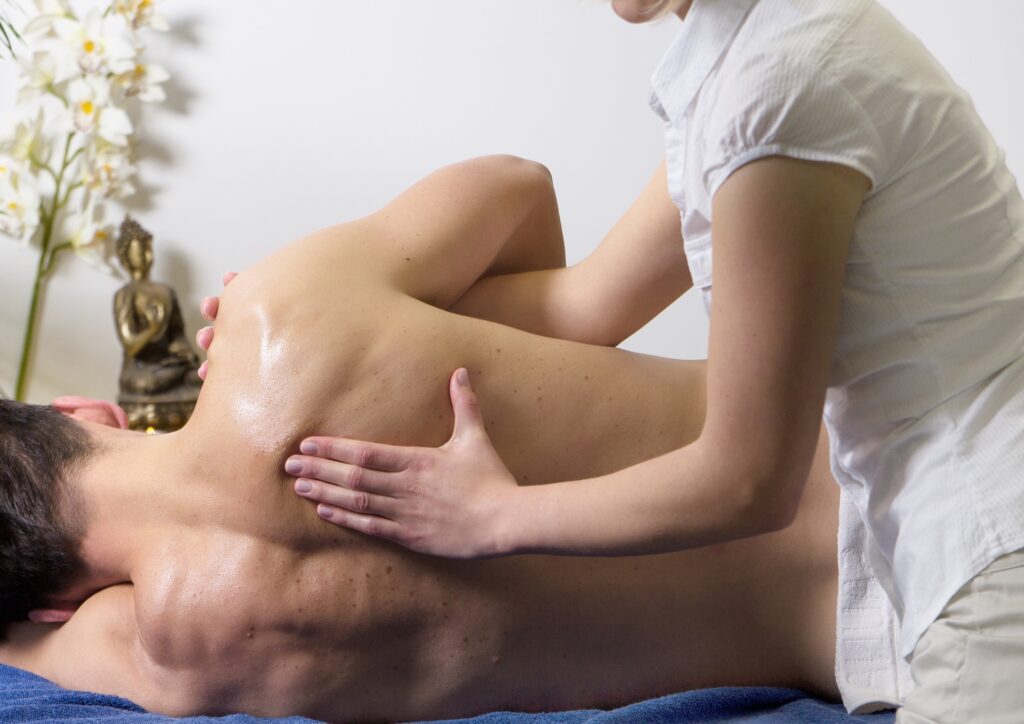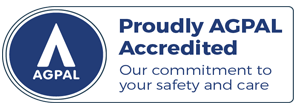
By Emily Holler
Pain is a universal language. We all experience it at one time or another as it’s an unavoidable aspect of residing in our human body. It can manifest as very intense, acute pain such as that of childbirth or a broken bone, while some of us endure it daily with chronic conditions like arthritis or musculoskeletal conditions. Although most people would probably say they would avoid pain if given the option, in actual fact it is an extremely useful and downright essential function of our physiological makeup.
If our spine is out of alignment, if one of our internal organs is disgruntled or if we are simply a little dehydrated, without pain we would have no awareness that any of these things are happening in our body. Put into perspective this is a much scarier concept than that of pain itself. Pain is one of the most effective methods which our highly intelligent and intuitive bodies chooses to communicate with us. And when the body talks, we should always listen.
Our wonderful resident Chiropractor Sam Gill agrees, ‘There are physical (trauma, poor posture, degeneration), chemical (nutritional deficiencies, toxicity, intolerances and allergies) and emotional (acute or chronic stress and unresolved ‘stuck’ emotional patterns) causes of pain in the body. Pain is your body’s ‘alarm’ system letting you know that something is potentially damaging your body and health.’
‘In the body there are nerves called nociceptors. These can be thought of as danger signals. When they detect something awry in the tissues they send a message to the brain,’ says our dexterous osteopath Simon Sullivan, ‘the brain then processes these signals along with all the other information it knows, such as where you are, what you are doing, whether you have felt these signals before and what beliefs and emotions you have linked to the situation. If your brain decides there’s enough danger you will experience pain.’
Sometimes we are able to act on the message to relieve the pain. ‘In the acute stage our body’s pain system works pretty well, it allows us to relatively accurately identify the tissues in trouble, pain is localised and is generally quite straightforward to treat’ says Simon. Perhaps the solution is as simple as the need to drink more water, stretch our body after exercise or take a rest when exerting ourselves. But what happens when we can’t discern what our body is trying to tell us, or when the problem is so complex that we can’t figure out how to make it right?
‘Digestive issues such as fungus or parasites can affect the musculoskeletal system. For instance if your gut is inflamed it is extremely challenging to use your core muscles correctly’ says our highly skilled physiotherapist Ilse van Oostenbrugge, highlighting one of the many reasons why determining the strategy for individual recovery can be remarkably complex. ‘The focus is always on finding the root cause, not the symptom. For example if someone has pain in their left shoulder, a reflux or heartburn issue could be an underlying driver, as the stomach influences the left shoulder. Treating the shoulder alone would have limited impact.’
‘If your teeth are not aligned, it can give you a scolioses because the teeth are more important for survival then the spine’, she continues ‘If your breath is compromised it can and often does affect the spine. If we don’t breathe we die. As such you can see that where the body breaks down is often not where the problem lies. Hence our chronic pain statistics!’
At The Health Lodge we have world class practitioners offering very effective therapeutic approaches to pain management and relief—namely Osteopathy, Chiropractic and Physiotherapy—to assist those who are struggling to break free of the chronic pain cycle. Which leads to the all important question, which approach is the most suitable for your individual case? Here’s a brief overview of each modality:
Osteopathy
Osteopathy is the art of finding what is not moving well in the body and helping it move, this may be joints muscles, fascia, nerves and internal organs as well as fluids such as blood and lymph. It’s identifying how these dysfunctions interrelate and affect the health of the whole person. It also acknowledges that our thoughts, emotions, social situation and environment can play a major role in maintaining health, or the lack thereof. Techniques will be employed to address these dysfunctions by providing input, which the body can use to initiate the healing process.
Chiropractic
Chiropractic is a natural form of health care that uses spinal adjustments and cranio-sacral techniques to remove stress from your nervous system. Chiropractic is based on the scientific fact that your body is a self-regulating, self-healing organism. These important functions are controlled by your central nervous system (brain & spinal cord), and all the nerves of the body. Chiropractors are concerned with removing the underlying causes of your health issues.
Physiotherapy
Physiotherapy involves accurately assessing posture, alignment, core function and muscle imbalances, while detecting the root causes or contributors using mind-body correlations and knowledge of the various energy systems. Science based software techniques are applied to assess stress levels and body based techniques are employed to assist the body in letting go of stress.
Interestingly, although each of these modalities has a specific focus from a purely physiological perspective (i.e. spine, nerves, muscles etc.), each of our practitioners emphasised that the most pivotal factor in any chronic pain picture is the link to our emotions and particularly to stress. Sam (our Chiro) says that his approach to relieving pain would be ‘to help identify and remove potential sources (physical, chemical, emotional) of either acute and chronic stress.’
Simon warns that ‘when pain becomes chronic, often it’s the pain itself that is the problem. Receptors in the brain become highly sensitised so that small problems in the tissues become amplified and are more likely to produce the experience of pain. This results in pain that is difficult to pin down and does not really represent the true state of the tissues. Treatment is more focused on connecting the brain to what is actually happening in the body and addressing the overarching environmental, belief and movement patterns that are perpetuating the pain cycle.
Ilse corroborates this view in saying ‘there is a large element of what we call “central nervous system sensitivity”. To be more specific: pain is an output of the brain, and our sense of safety can hugely influence how much pain we experience. I personally feel that the role of stress is largely underestimated.’
So it’s clear that our own willingness to change, adapt, and grow along with whatever treatment we are receiving is a surprisingly integral factor in the way our recovery journey plays out. Our willingness to look beyond the physical and work through any emotional or even spiritual blocks plays a big part in how quickly we will experience relief. As there are many pathways to spiritual enlightenment, so too are there many pathways to healing and recovering from chronic pain. Talk to our friendly and knowledgeable reception staff about which treatment may be suitable for your condition and follow your intuition about which treatment to engage with as this will give you invaluable direction. And for absolute optimum results, use a combination of all these techniques in tandem as it brings together the best of each modality.



